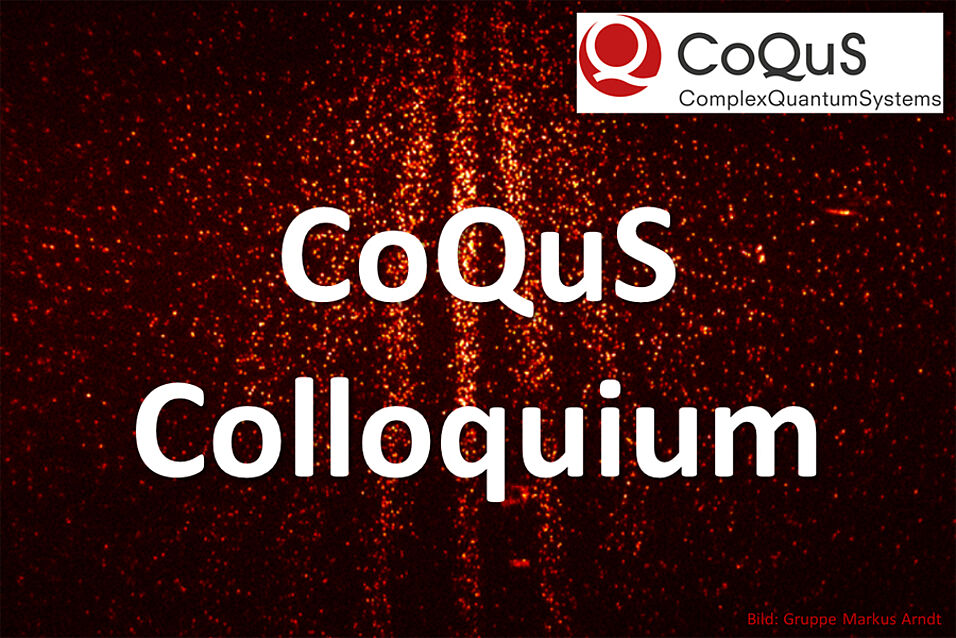How much can one photon affect another? How long does a particle spend in the forbidden region of a tunnel barrier? These longstanding questions are of both fundamental and potentially practical importance. I will present two experiments in which we used ultracold atoms to address them.
In the first, we used an atomic coherence effect to generate such strong photon-photon interactions that we could measure the nonlinear optical phase imprinted on a probe beam by a separate, single-photon-level, pulse. We also found that when the right post-selection is performed on this latter photon, it can “act like” many more than 1 photon, writing a larger phase shift, in accordance with the surprising predictions of the “weak measurement” formalism of Yakir Aharonov et al. Most recently, we have started to use Rydberg atoms to generate even larger interactions. I will say a few words about the philosophical implications of this “weak value amplification” result.
In the second, we are measuring the traversal time for ultracold (~900 pK) atoms traversing an isolated tunnel barrier, and preliminary results confirm our predictions that particles traverse a barrier faster when they have to tunnel through it than when they have enough energy to travel over it. I will place this in the context of the century-old debate over how long tunneling takes.
Aephraim Steinberg (Toronto): Counting photons as they fly and timing atoms as they tunnel
Location:
Related Files

